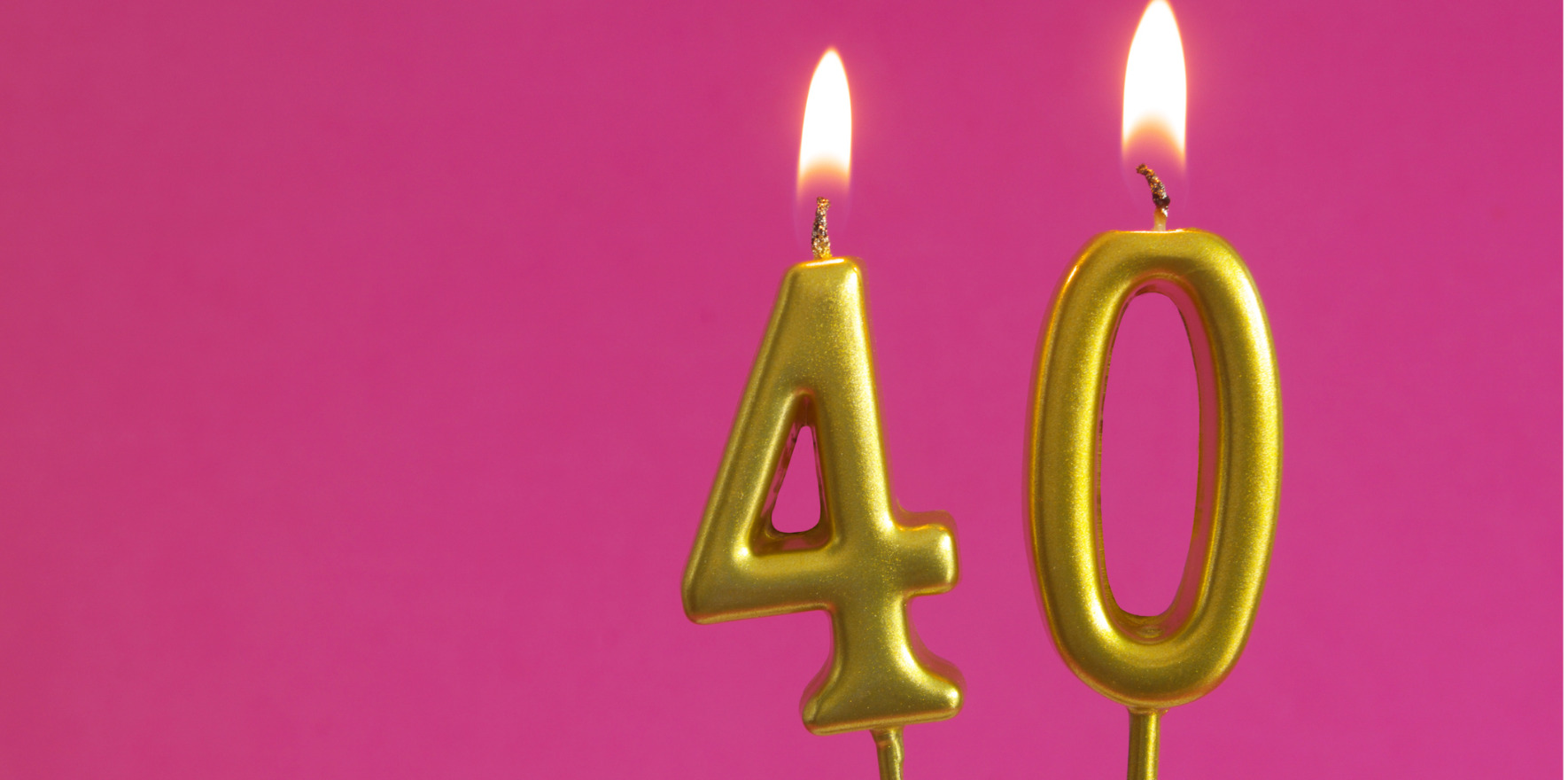There’s enough evidence to lower the age, according to the US recommendations, but Australian experts aren’t so sure.
US women are now recommended to start breast screening from 40, even if they have an average risk of breast cancer, but Australian experts say we need to adopt a risk-based approach instead of following suit.
The draft statement from the US Preventative Screening Taskforce says there is a “moderate net benefit” to expanding the age range from 50-74 down to 40 for biennial mammography screening, and that this will especially help reduce the survival gap for women from disadvantaged groups.
The decision was based on modelling data showing earlier screening “would lead to 1.3 additional breast cancer deaths averted per 1000 women screened over a lifetime of screening for all women”. And for black women, who are 40% more likely to die from breast cancer, it was 1.8 additional breast cancer deaths averted per 1000 women screened.
Additionally, the incidence of invasive breast cancer in the 40-49-year age group had increased an average of 2% per year between 2015 and 2019.
However, screening women from 40-74 would result in 1376 false-positive results and 4-37 cases of overdiagnosis per 1000 women screened over a lifetime of screening, modelling suggested.
Australian women are currently invited to screen from the ages of 50-74, but can access free mammography screening from the age of 40, with no upper age limit.
The evidence clearly showed a net benefit of screening in the 50-74-year age group, the Australian government’s medical advisor on screening policy, Professor Vivienne Milch, told The Medical Republic.
But Professor Milch, who is also the medical director at Cancer Australia, said the current guidelines weren’t set in stone: “As evidence is reviewed, so might policies be updated”.
Melbourne breast surgeon Professor Bruce Mann, who works with the Roadmap to Optimising Screening in Australia (ROSA) project, told TMR it was time to make changes to the program again. But rather than simply lowering the age range, he said he wanted to see Australia move to risk-based screening, which was now more feasible than it was when the guidelines were developed.
“If you’re starting a program, it makes sense that you would start with the group most likely to have a cancer. The idea that 30 years later we’re still in the same position is a little disappointing,” he said.
Professor Mann said the evidence for the usefulness of screening from 45 was “quite strong”, but guidelines needed to be more sophisticated than simply lowering the starting age.
“What I believe is needed, and many people are looking into this, is moving beyond one-size-fits-all [approach] where a female over a certain age is recommended for screening, with a single modality, a mammogram.
“Since that program was introduced in the 1990s, the science, the knowledge around predicting risk and the technology of early detection of cancer has improved dramatically. And our program has the opportunity to take advantage of those developments, to develop a better, more personalised program.”
Earlier this year, ROSA provided its findings and recommendations to the Department of Health and Ageing about how Australia could move towards risk-based screening and the report is now under consideration by the Federal Government.
Under such a program, a woman at an agreed age (which could be 40) would be offered an assessment of their risk of breast cancer, incorporating factors such as family history and breast density, Professor Mann told TMR. Depending on the result, some would be recommended for immediate screening, others could wait until 50 or later, and they would be screened using the method appropriate to individual circumstances, such as breast density.
It is harder to see anomalies in dense breasts with a mammogram. MRI has been shown to be much more effective, but there are a limited number of machines in the country, and not enough workforce trained to use them for breast screening.
In the US, women are told about their breast density, but the new USPSTF recommendations do not include a change in screening modality, raising the question of what women are meant to do with that information.
BreastScreen Australia does not report on breast density, but the evidence around doing so was being reviewed this year, Professor Milch said. “That includes making sure that we are considering equitable access to screening and to understanding breast density, but really knowing what the pathway is, what we do when someone has dense breasts.
Adding complexity to a national screening program was “a really big thing”, Professor Mann pointed out, and while other countries didn’t have a clear roadmap, the difficulty shouldn’t be a deterrent.
“BreastScreen is really important. It’s very effective, it’s very well established. And we don’t want to do anything that will damage it,” he said.
“But on the other hand, I don’t think we should be satisfied with a program based on science and technology from the ’80s and ’90s. We do lots of things that are difficult. Here’s another one.”


